The omnipresence of microplastics in our environment has raised growing concerns among scientists and health professionals. Recent studies now indicate that these tiny plastic particles—measuring less than 5mm in size—could have far-reaching consequences for fetal neurological development when mothers are exposed during pregnancy. The findings add to a growing body of evidence suggesting that microplastics are not just an environmental hazard but a potential public health crisis in the making.
How Microplastics Reach the Womb
Researchers have discovered that microplastics can cross the placental barrier, entering the fetal bloodstream and potentially interfering with developing neural tissues. These particles originate from a variety of sources, including synthetic clothing, food packaging, and even drinking water. Once ingested or inhaled by the mother, they can migrate through her circulatory system, eventually reaching the placenta. The exact mechanisms by which they breach this protective barrier remain under investigation, but early data suggests that their small size and chemical properties may allow them to slip past biological defenses.
The Neurological Implications
Preliminary animal studies have shown that fetal exposure to microplastics correlates with changes in brain structure and function. In particular, researchers observed alterations in regions associated with learning, memory, and emotional regulation. While human studies are still limited, experts worry that similar effects could occur in developing fetuses, potentially increasing the risk of neurodevelopmental disorders such as autism spectrum disorder or attention deficit hyperactivity disorder (ADHD). The chemicals leaching from these plastics—including phthalates and bisphenols—are known endocrine disruptors that may interfere with normal brain development.
A Silent Threat with Long-Term Consequences
What makes microplastic exposure particularly concerning is its subtlety and cumulative nature. Unlike traditional toxins that cause immediate harm, the effects of microplastics may take years to manifest. Children exposed in utero might appear healthy at birth only to develop cognitive or behavioral issues later in life. This delayed impact makes it difficult to establish clear cause-and-effect relationships, complicating efforts to regulate these materials effectively.
The Global Scale of the Problem
Microplastic contamination knows no borders. Recent studies have detected these particles in remote locations ranging from Arctic snow to deep ocean trenches. Pregnant women worldwide are likely being exposed through multiple pathways simultaneously—from the food they eat to the air they breathe. Developing nations with less stringent waste management systems may face higher exposure rates, but no population appears completely immune. Even in countries with advanced water filtration systems, microplastics persist in bottled water and household dust.
Potential Protective Measures
While complete avoidance may be impossible in our plastic-saturated world, experts recommend several strategies to minimize exposure during pregnancy. These include using glass or stainless steel containers instead of plastic, avoiding processed foods with excessive packaging, and installing high-quality water filters. Natural fiber clothing and bedding can reduce inhalation of microplastic fibers from synthetic textiles. Some researchers also advocate for policy changes that would require better labeling of plastic products and stricter regulation of microplastic use in consumer goods.
The Research Road Ahead
Scientists emphasize the need for more comprehensive studies tracking microplastic exposure in pregnant women and following children's development over time. Advanced imaging techniques and biomarker analysis could help establish clearer links between prenatal plastic exposure and neurological outcomes. Meanwhile, environmental scientists continue developing methods to remove microplastics from water supplies and food chains—a daunting challenge given their pervasive nature.
A Call for Greater Awareness
Medical professionals are beginning to include microplastic exposure in prenatal counseling, though official guidelines remain scarce. Public health organizations face the difficult task of warning about potential risks without causing undue alarm, given the preliminary nature of some findings. What's clear is that as plastic production continues to rise—projected to double by 2040—understanding its impact on fetal development becomes increasingly urgent.
The discovery that something as mundane as plastic particles could influence something as profound as brain development forces us to reconsider humanity's complex relationship with synthetic materials. While plastics have undeniably brought convenience and medical advances, their microscopic remnants may carry a hidden cost to future generations. As research progresses, the hope is that science can illuminate these risks clearly enough to inspire both personal precautions and systemic changes before the consequences become irreversible.

By /Jul 25, 2025

By /Jul 25, 2025
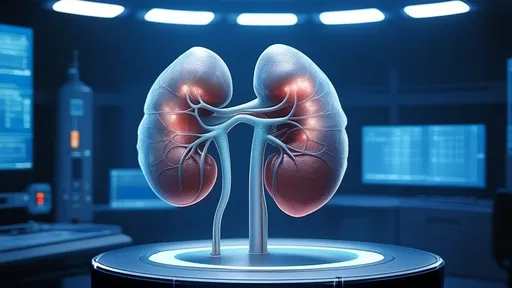
By /Jul 25, 2025
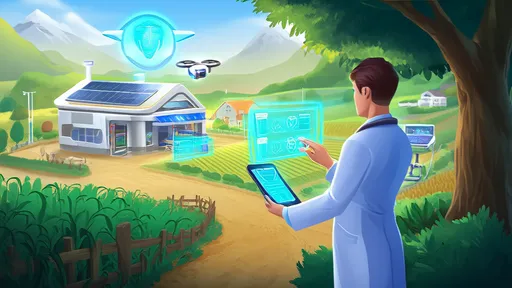
By /Jul 25, 2025

By /Jul 25, 2025
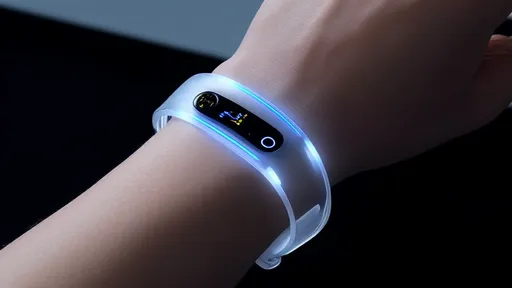
By /Jul 25, 2025
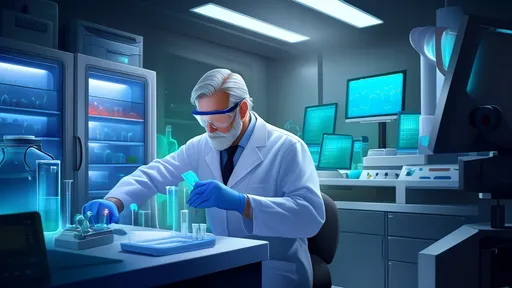
By /Jul 25, 2025

By /Jul 25, 2025

By /Jul 25, 2025
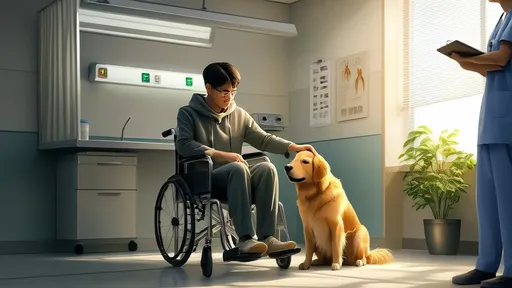
By /Jul 25, 2025
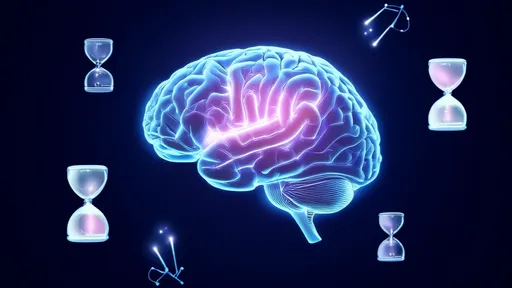
By /Jul 25, 2025

By /Jul 25, 2025
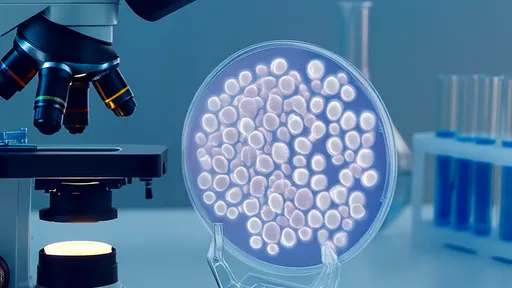
By /Jul 25, 2025

By /Jul 25, 2025
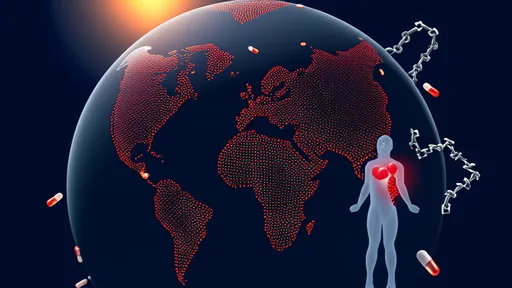
By /Jul 25, 2025
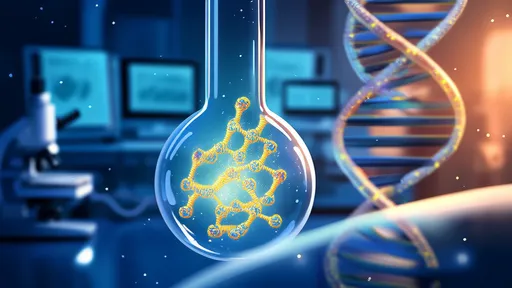
By /Jul 25, 2025
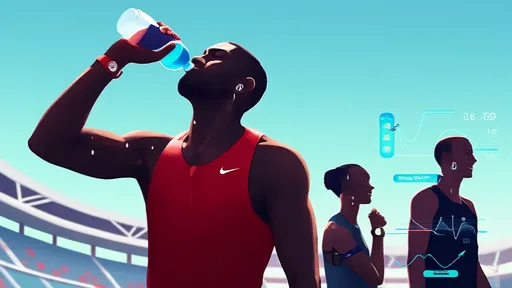
By /Jul 25, 2025
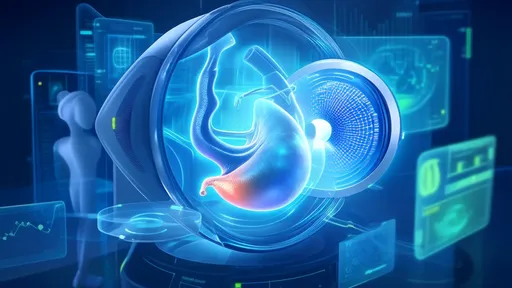
By /Jul 25, 2025